30 Wild Animals in Arizona [Wildlife in Arizona]
Want to know more about the wildlife in Arizona in the US?
Discover 30 wild animals in Arizona in this post, as well as interesting facts about them. 🇺🇸
Learn All About Arizonan Animals
Ready to learn all about Arizonan animals?
I’ve always been fascinated by animals, and by how they can be so different from one country to another. In this guide, we’ll focus on the many animals Arizona has on the land, in the sky, and underwater.
I’ve split the guide into 4 categories:
- Native animals from Arizona
- Endangered animals of Arizona
- What is Arizona state animal?
- How many animals native to Arizona?
Let’s dive in right away with our first category!
Native Animals from Arizona
Arizona is a state of the United States located in the southwestern part of the country. It is the 6th-largest state and the 14th most populous one, is known for its desert climate with mild winter and very hot summer, its economy and population have grown drastically because of migration, and it joined the United States in 1912, making it the last of the mainland states to do so.
It is bordered by Utah, Colorado, Nevada, California, New Mexico, Sonora, and Baja California, and its capital and largest city is Phoenix, which counts more than 3,629,000 inhabitants (but more than 4,845,000 if you include the metropolitan area).
An interesting part of the state that I wanted to tackle is Arizona wildlife. In light of that, I have listed the best of it, and I hope you will love learning what animals live in Arizona.
Here’s the Arizona animals list.
1. Kit fox
- Name: Kit fox
- Scientific name: Vulpes macrotis
- Conservation status:
The kit fox is a species of fox found in the semi-arid and arid regions of the southwestern United States, as well as that of central and northern Mexico. It is one of the smallest foxes in the world, and the smallest in North America. Because of its large ears, it is often called the North American counterpart of the fennec fox from North Africa.
This fox is found all around Arizona, which provides an ideal climate and habitat. It is mostly active by night and escapes heat stress during the day by resting in underground dens.
2. American black bear
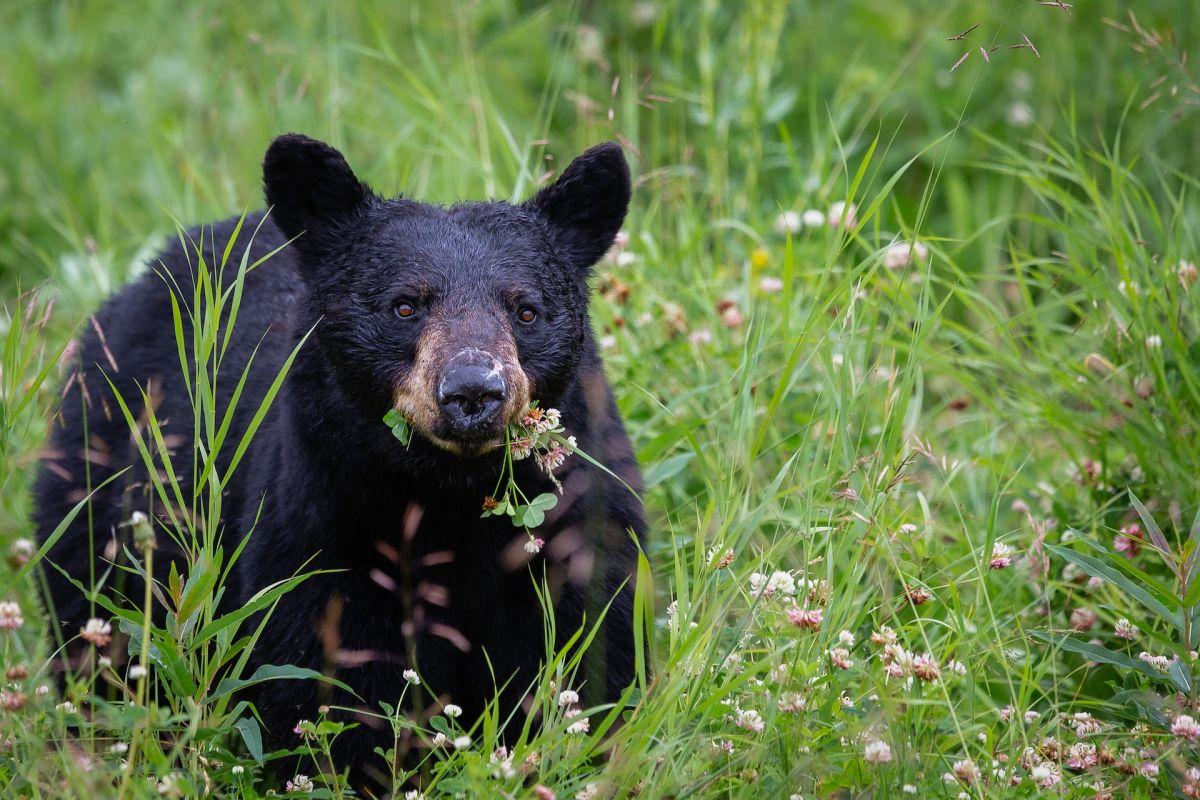
- Name: American black bear
- Scientific name: Ursus americanus
- Conservation status:
Although you most likely know North America for its famous grizzly bears, they are extirpated in Arizona, and the only species of bear you will find there is actually the American black bear.
Often simply called the black bear, this species is very widely distributed, and although it is endemic to North America, it doubles the numbers of all other bear species in the continent combined. The first confirmed case of American black bear hunting took place at Lehner Ranch in Arizona, and it dates back to 10,940 BP!
3. Cactus wren
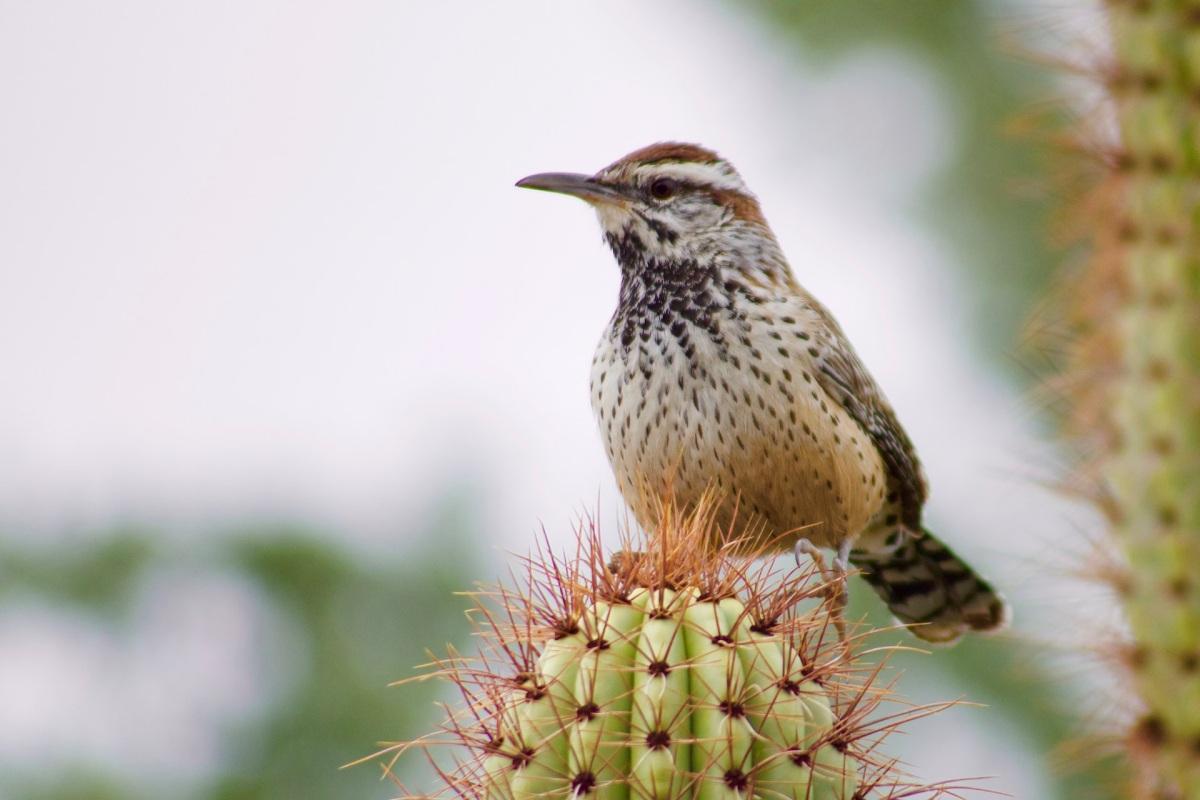
- Name: Cactus wren
- Scientific name: Campylorhynchus brunneicapillus
- Conservation status:
The cactus wren is much less impressive and scary than the American black bear, I will give you that. However, it is much more important in Arizona, being the official state bird!
This wren is endemic to the deserts of the southwestern United States and northern and central Mexico. It is the largest wren in the United States and has brown, black, and white plumage. It gets its name from the desert cactus plants in which it builds its nest and roosts.
4. Willard’s rattlesnake
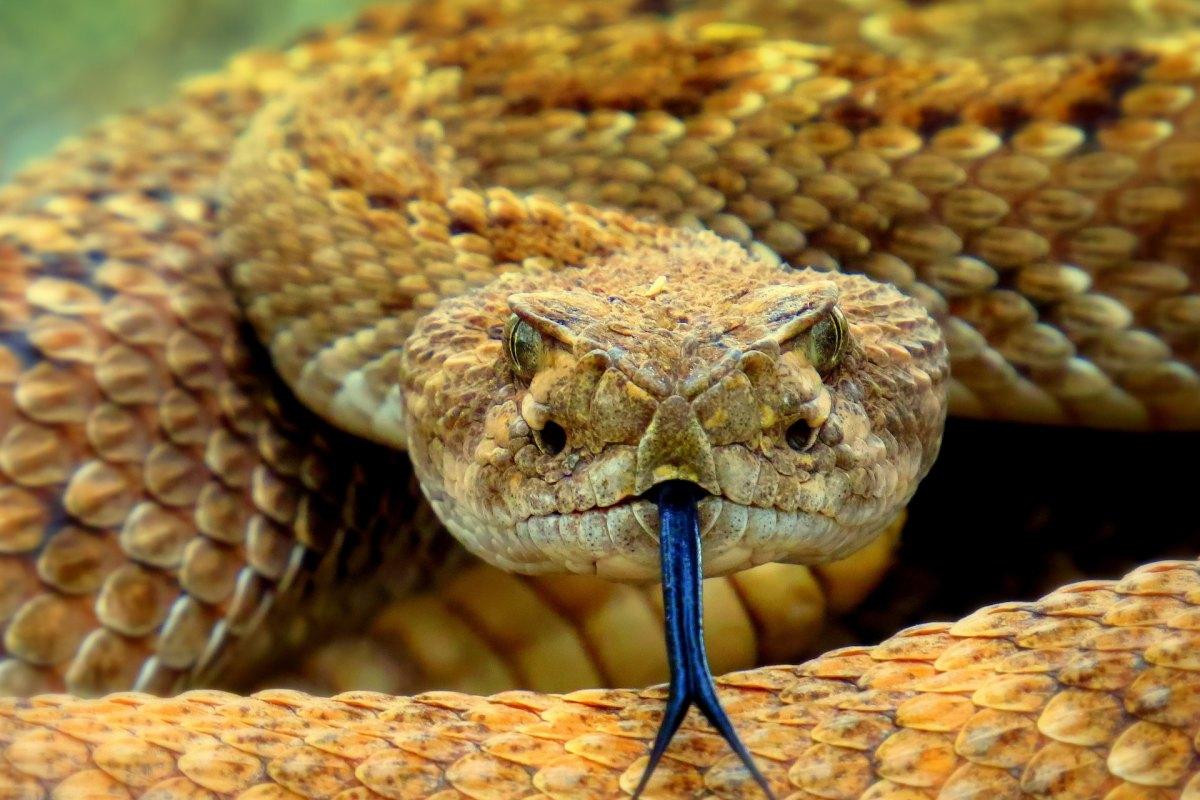
- Name: Willard’s rattlesnake
- Scientific name: Crotalus willardi
- Conservation status:
Willard’s rattlesnake, also known as Willard’s rattler or the ridge-nosed rattlesnake, is a venomous species of pit viper found in the extreme south of Arizona, as well as in northwestern Mexico. It is the state reptile of Arizona and primarily inhabits the sky island region.
This snake is an ambush hunter that lies waiting for prey to approach; it usually feeds on small mammals, birds, large centipedes, and lizards.
5. Arizona toad
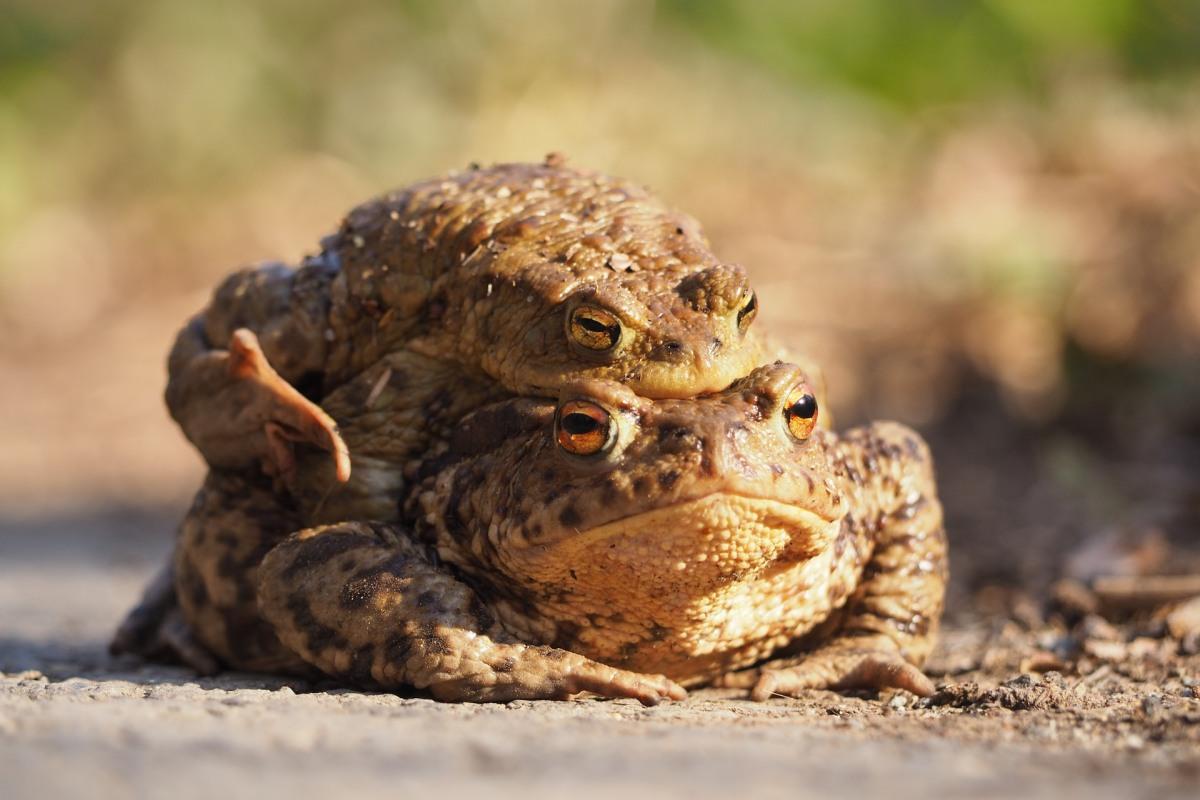
- Name: Arizona toad
- Scientific name: Anaxyrus microscaphus
- Conservation status:
The Arizona toad is a species of toad endemic to not only Arizona, but also the southwestern United States, being also found in Nevada, New Mexico, and Utah. It inhabits the temperate lowland forests, swamps, freshwater marshes, ponds, springs, and rivers of Arizona, largely in the Virgin River basin of northwestern Arizona.
The populations of these amphibians are generally decreasing at a slow rate, most likely due to human disturbance and hybridization with other species.
6. Bald eagle

- Name: Bald eagle
- Scientific name: Haliaeetus leucocephalus
- Conservation status:
The bald eagle is the well-known emblem of the United States on a global level. It can be found throughout much of North America and migrates seasonally.
This powerful bird of prey mainly subsists on fish, as it is a sea eagle. It is closely related to the white-tailed eagle and is not actually bald but rather has a white head. In Arizona and Alaska only, it nests on cliffs and rock pinnacles.
7. Long-tailed weasel
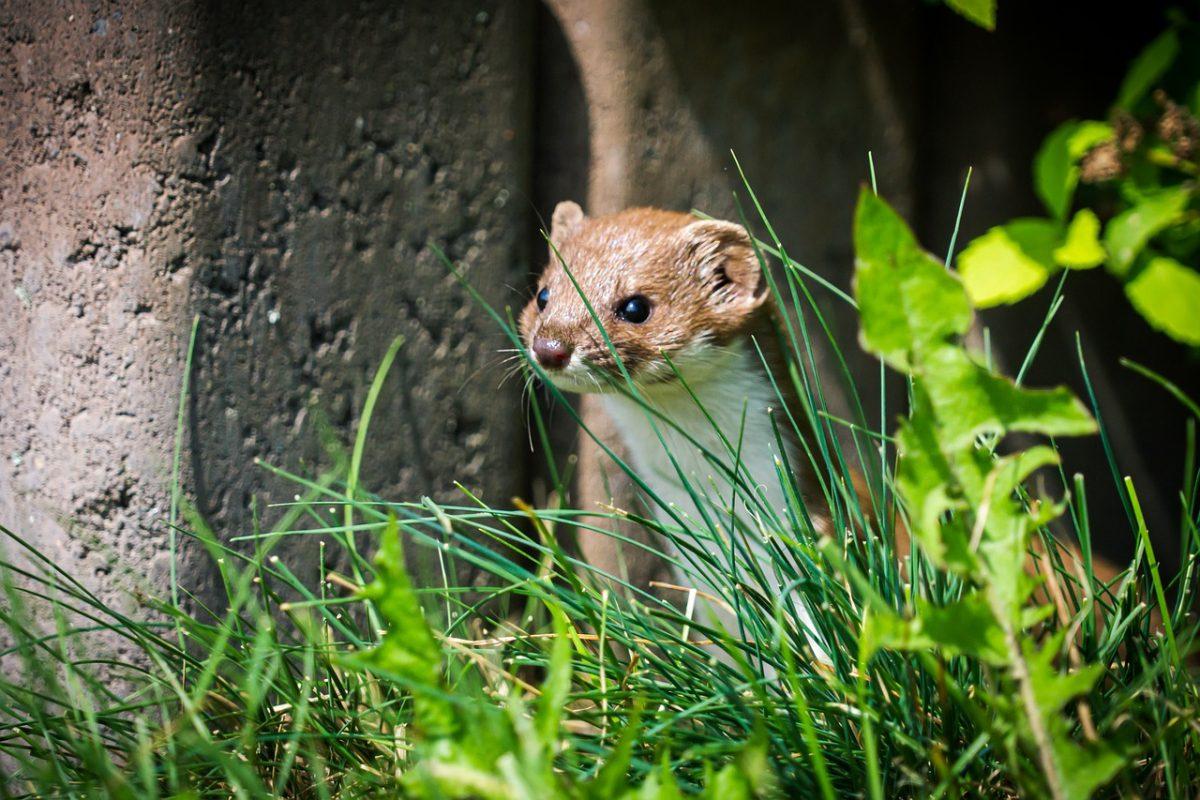
- Name: Long-tailed weasel
- Scientific name: Neogale frenata
- Conservation status:
The long-tailed weasel, also known as the big stoat, the bridled weasel, or the masked ermine, is a species of mustelid found throughout much of North and Central America, as well as in northwestern South America.
This slender mammal is one of the largest weasels in all of North America. Although its eyes are black during the day, they glow bright emerald green when lightened at night.
8. Western spotted skunk
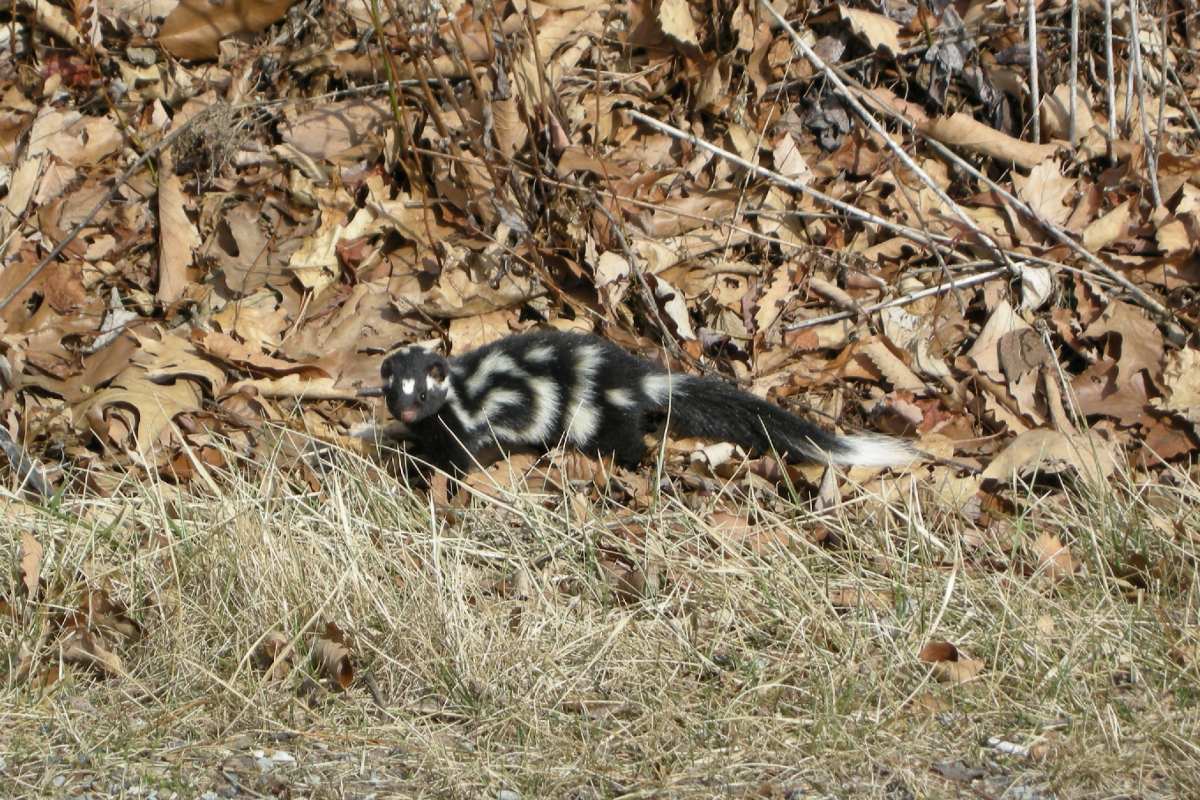
- Name: Western spotted skunk
- Scientific name: Spilogale gracilis
- Conservation status:
The western spotted skunk is a species of skunk found throughout much of western North America. It inhabits the farmlands, open areas, and woodlands of Arizona, but sometimes near cliffs and canyons as well.
This skunk is omnivorous and is active by night. It feeds on insects, small vertebrates, rodents, scorpions, birds, and fruit and berries. Believe it or not, it is increasingly kept as a house pet and can be trained to use a litter box just like a cat!
9. Northern harrier
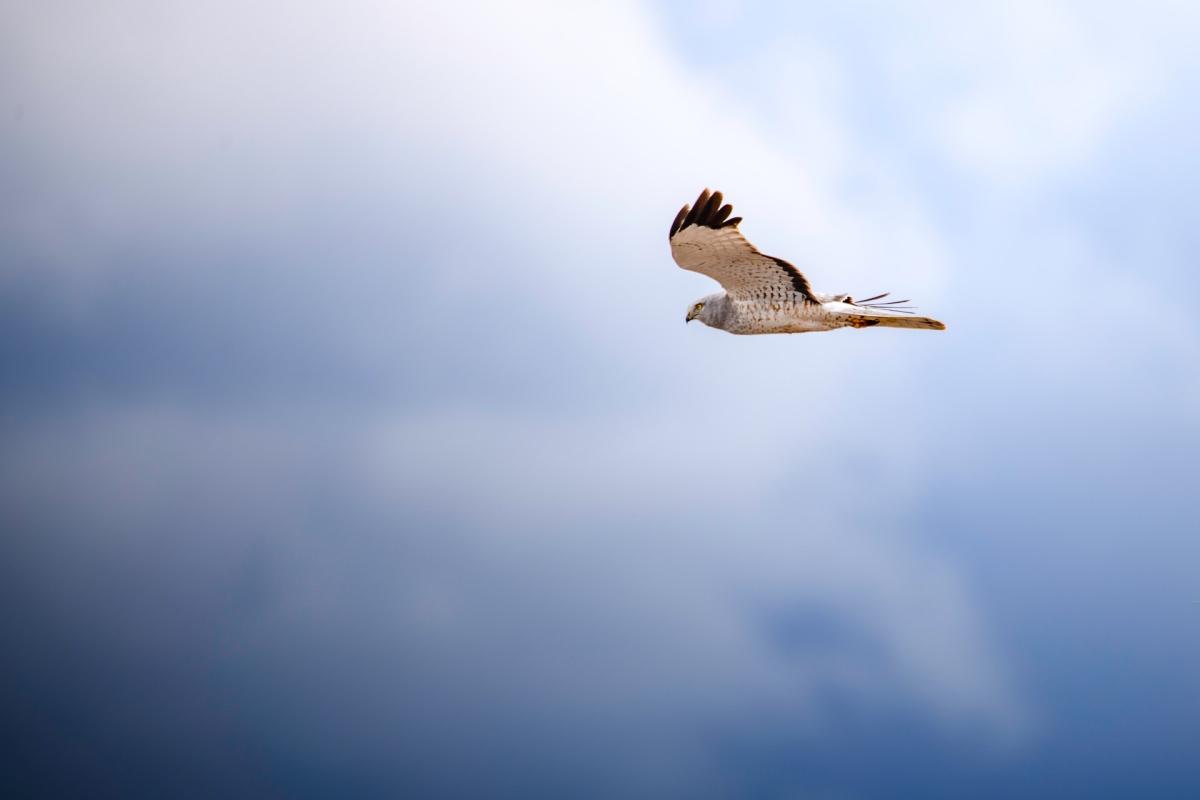
- Name: Northern harrier
- Scientific name: Circus hudsonius
- Conservation status:
The northern harrier is a medium-sized species of bird of prey found throughout North and Central America. Depending on the season, it can be found as far north as Alaska and northern Canada, and southwards into northwestern South America.
This raptor inhabits marshes, swamps, and grasslands in Arizona, and one male will often mate with several females, which is quite rare amongst birds of prey. Although its populations are globally on the decline, its very wide range and large numbers keep it above the near-threatened threshold.
10. Spiny softshell turtle
- Name: Spiny softshell turtle
- Scientific name: Apalone spinifera
- Conservation status:
The spiny softshell turtle is one of the largest species of freshwater turtles in North America. While it can mostly be found in the central-eastern parts of the United States, some populations also live in Mexico, Canada, and the southwestern parts of the country.
This turtle is known as an ecological generalist, which means that it lives in multitudes of habitats, from bodies of freshwater to rivers, lakes, and streams.
11. Barking frog
- Name: Barking frog
- Scientific name: Craugastor augusti
- Conservation status:
The barking frog, also known as the cliff frog or the common robber frog, is a species of frog native to the southern United States and Mexico. It might be further divided into several subspecies, and the one that would then be found in Arizona would be the eastern barking frog.
This frog gets its name from its call which sounds like the barking of a small dog, although it varies depending on the area.
12. Madrean alligator lizard
- Name: Madrean alligator lizard
- Scientific name: Elgaria kingii
- Conservation status:
The Madrean alligator lizard is a species of lizard endemic to northwestern Mexico and the southwestern United States. In Arizona, it can exclusively be found in the southeastern parts of Arizona and was named after its unique skin pattern that resembles that of an alligator.
This reptile is further divided into 3 subspecies. It was named after Phillip Parker King, an Australian Royal Navy officer who explored the coast of South America.
13. Arizona coral snake
- Name: Arizona coral snake
- Scientific name: Micruroides euryxanthus
- Conservation status:
The Arizona coral snake, also known as the Western coral snake or the Sonoran coral snake, is a venomous species of snake endemic to northwestern Mexico and the southwestern United States. It has a distinctive color pattern of red and black rings separated by narrower rings of yellow or white.
Although its venom is extremely potent and dangerous, no human fatalities have been reported so far; in fact, this snake often stays underground during the day and only comes out at night, except for rainy days.
14. Ocelot
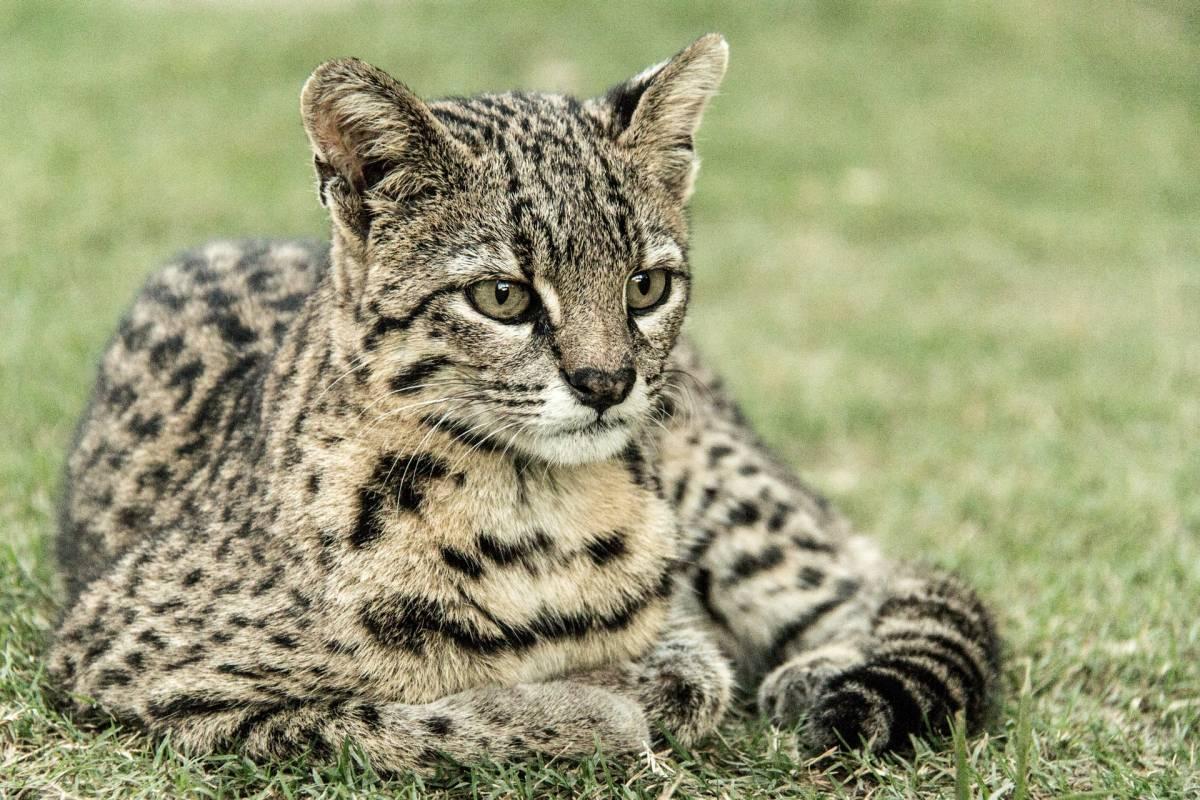
- Name: Ocelot
- Scientific name: Leopardus pardalis
- Conservation status:
The ocelot is a medium-sized species of wild cat native to South, Central, and a small area of North America. It can be found in Arizona and Texas in the northernmost part of its range, and as far south as northern Argentina. It used to live in Louisiana, Florida, and Arkansas but is now extirpated from these states.
This felid is solitary and active at night. It is an agile leaper and can easily follow scent trails to find its prey.
15. American badger
- Name: American badger
- Scientific name: Taxidea taxus
- Conservation status:
The American badger is a species of mammal found throughout most of North America. It is not closely related to the European badger, although it looks a lot like it. It inhabits the desert scrub and semi-arid grasslands of Arizona, where it primarily feeds on small mammals such as squirrels, mice, and groundhogs.
This mustelid is carnivorous but is also known to eat plant foods such as green beans, peas, corn, sunflower seeds, and mushrooms.
16. Western screech owl
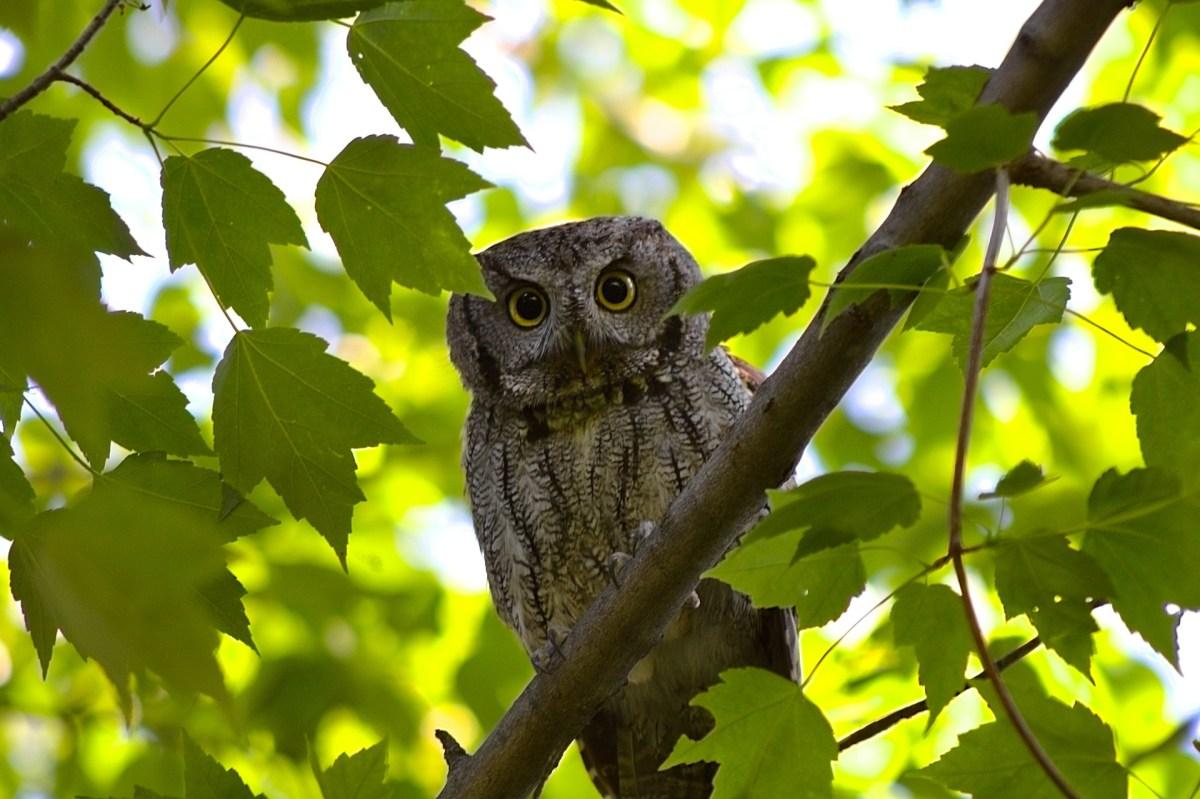
- Name: Western screech owl
- Scientific name: Megascops kennicottii
- Conservation status:
The western screech owl is a small species of owl found alongside the western coastline of North America, and as far inland as central Mexico and Texas. It inhabits temperate forests, subtropical and tropical montane forests, deserts, rural fields, and suburban gardens and parks of Arizona, and it swoops down on unsuspecting prey such as small mammals and insects when looking for food.
The call of this owl is a high-pitched screech, hence its name.
17. California condor
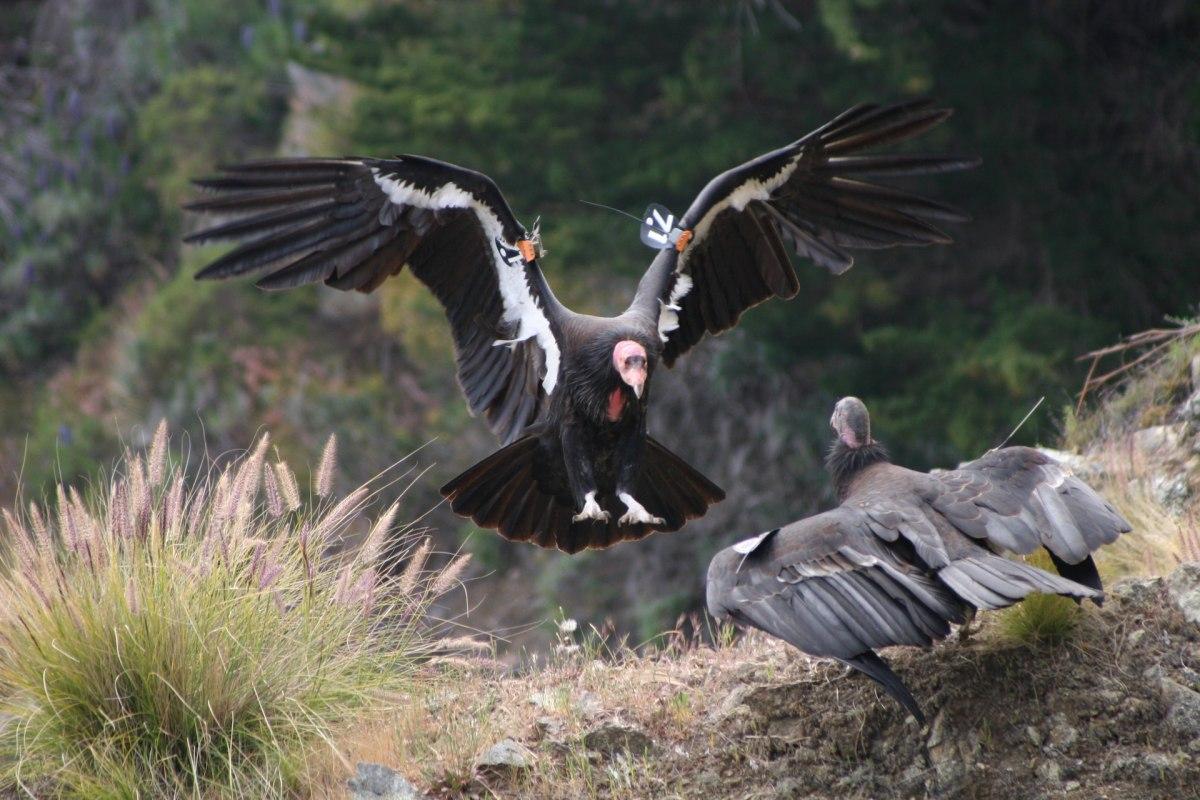
- Name: California condor
- Scientific name: Gymnogyps californianus
- Conservation status:
The California condor is a species of New World vulture and the largest inland bird in North America. After becoming extinct in the wild in 1987, it was successfully reintroduced to California and neighboring Arizona and Utah. In Arizona, the first successful nesting attempt happened in 2003.
Despite this reintroduction, this vulture is still on the brink of extinction. Its reintroduction project costs $35 million, one of the most expensive projects in United States history, and it still suffers from a very slow reproductive rate, poaching, lead poisoning, collision with electric power lines, egg loss, and habitat loss.
18. Sonoran pronghorn
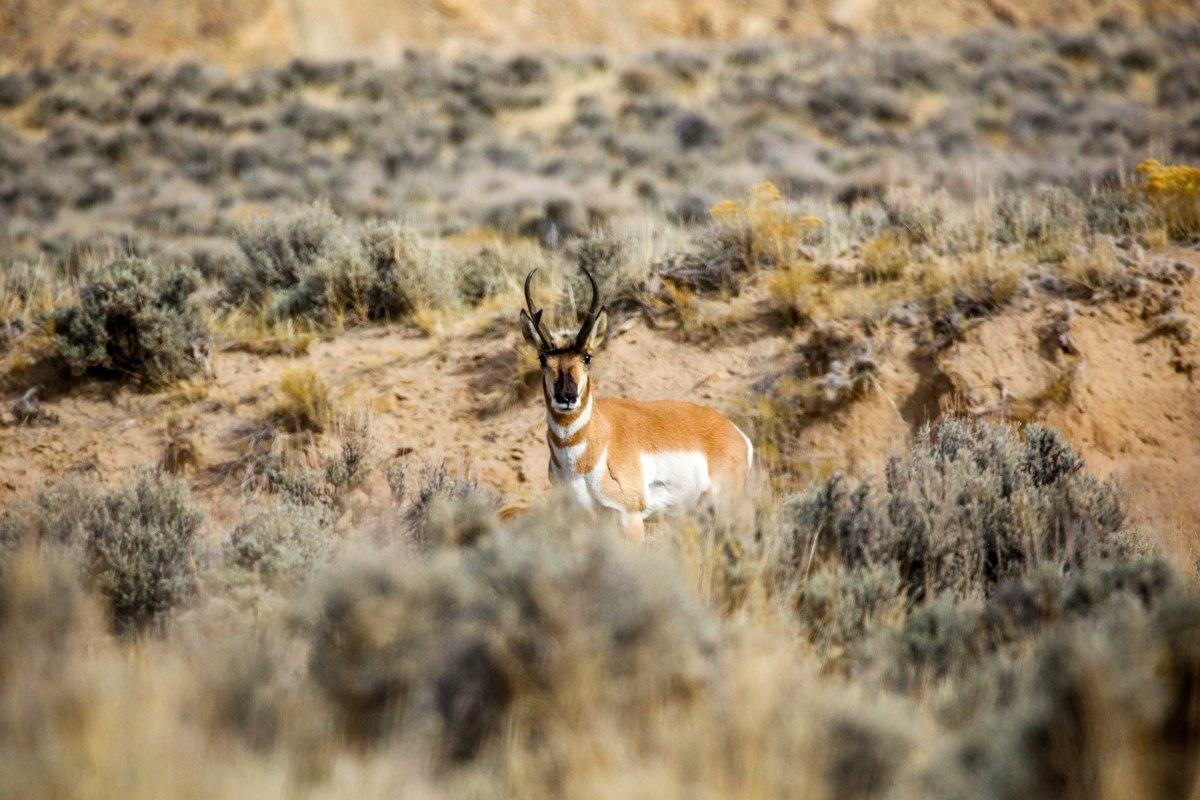
- Name: Sonoran pronghorn
- Scientific name: Antilocapra americana sonoriensis
- Conservation status:
The Sonoran pronghorn is a subspecies of the pronghorn endemic to the Sonoran Desert in California. Pronghorns are the fastest terrestrial mammal in the Western Hemisphere, reaching up to 89 km/h / 55 mph!
The Arizonan subspecies is very rare, and there are only about 200 individuals left. It is extirpated from Mexico and California, and can only be found in the open spaces of the Sonoran Desert, foraging for shrubs and grasses.
19. Western diamondback rattlesnake
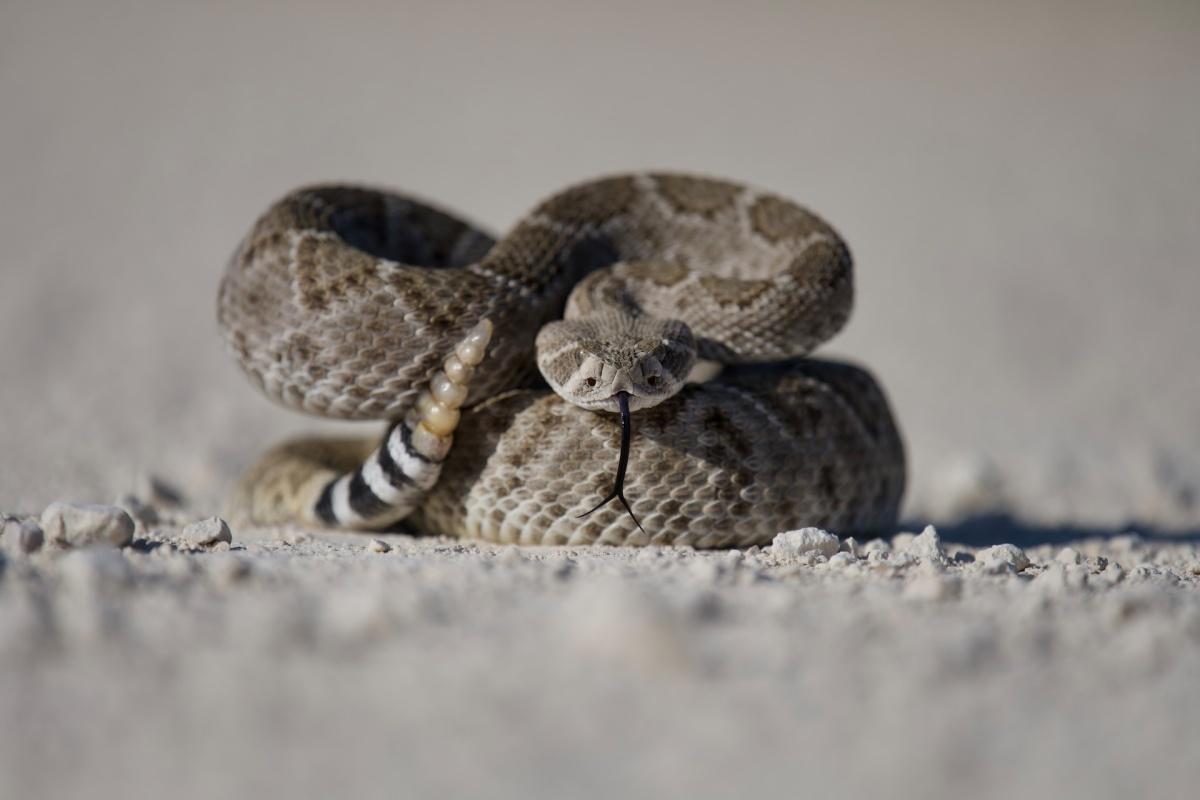
- Name: Western diamondback rattlesnake
- Scientific name: Crotalus atrox
- Conservation status:
The western diamondback rattlesnake, also known as the Texas diamond-back, is a venomous species of rattlesnake found in the southwestern United States and Mexico. It is responsible for the majority of snakebite fatalities in Mexico, and the largest number of snakebites in the United States.
This snake lives in altitudes below sea level up to 2,000 m / 6,500 ft, and it is perfectly camouflaged in its desert environment.
20. White-faced ibis
- Name: White-faced ibis
- Scientific name: Plegadis chihi
- Conservation status:
The white-faced ibis is a species of wading bird found in North and Central America, as well as in the southern half of South America. It breeds in large colonies, often in marshes, and nests in bushes or low trees.
This ibis is very widespread and common, with numbers reaching more than 1.2 million. Despite having 2 populations in 2 parts of the continent, migration between these areas does not happen.
21. Collared peccary
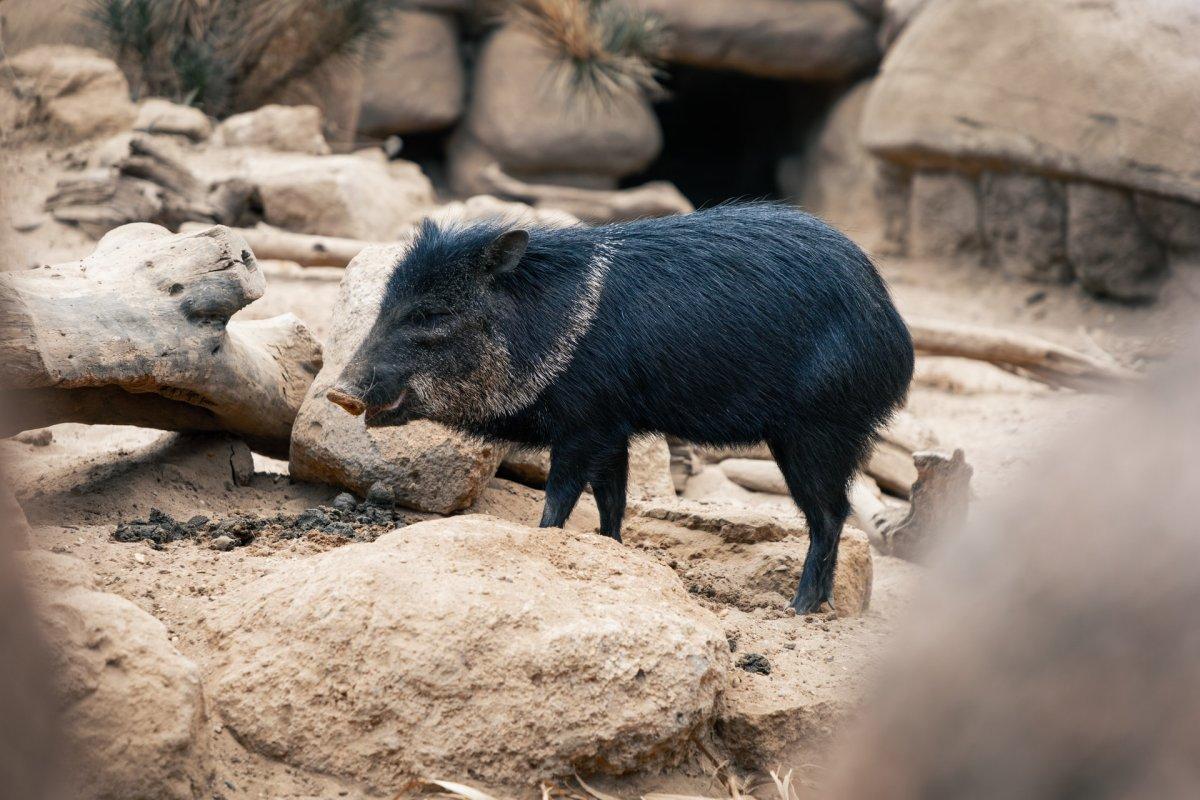
- Name: Collared peccary
- Scientific name: Dicotyles tajacu
- Conservation status:
The collared peccary, also known as the musk hog, is a species of mammal found throughout most of Central and South America, and in the southern United States. The most notable Arizonan-collared peccary populations are located in the suburbs of Phoenix and Tucson.
Although this mammal is usually active by day, it is often nocturnal in central Arizona. It ignores humans most of the time but does not hesitate to react and defend itself with its tusks when cornered or threatened.
22. Cougar
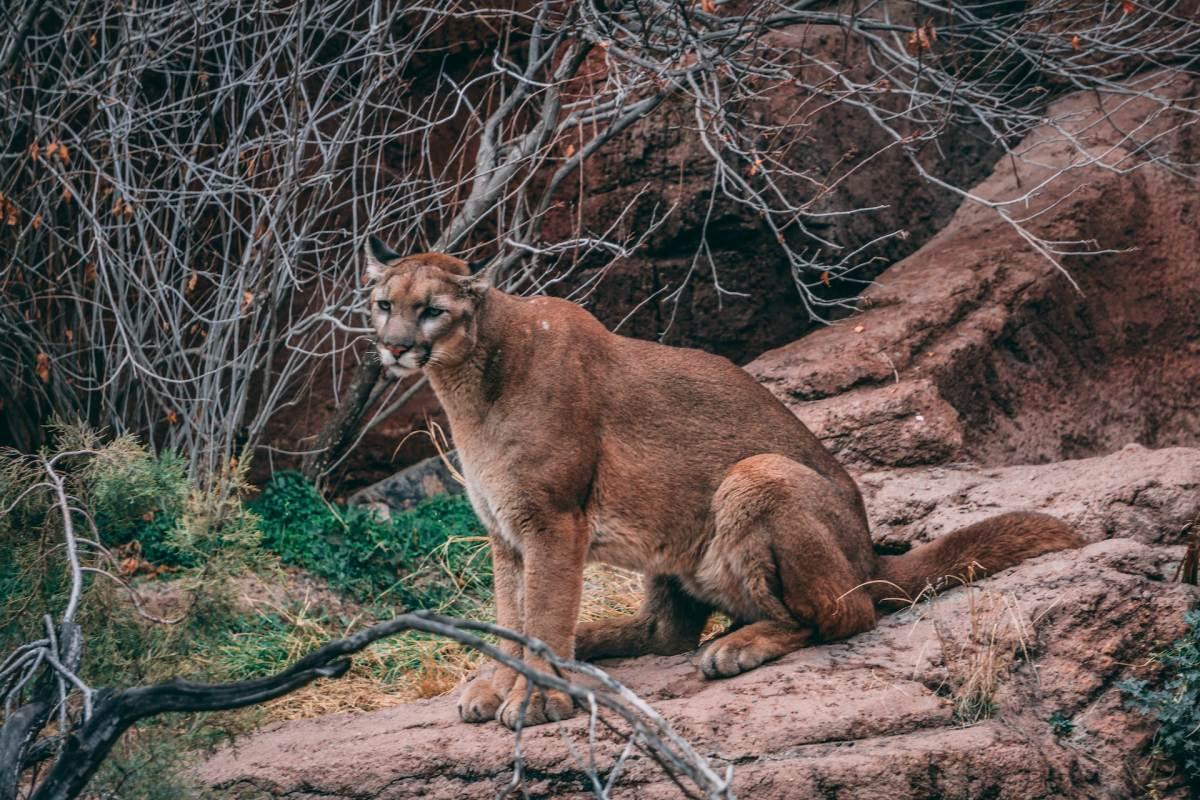
- Name: Cougar
- Scientific name: Puma concolor
- Conservation status:
The cougar is a large species of felid native to the Americas. It inhabits much of the western half of North America and is most notably found in the Rocky Mountains.
This big cat is the most widespread of any large land mammal in the Western Hemisphere. Also known as the catamount, the panther, the puma, or the mountain lion, it is adaptable, generalist, and an ambush predator that pursues a broad range of prey such as deers.
23. White-nosed coati
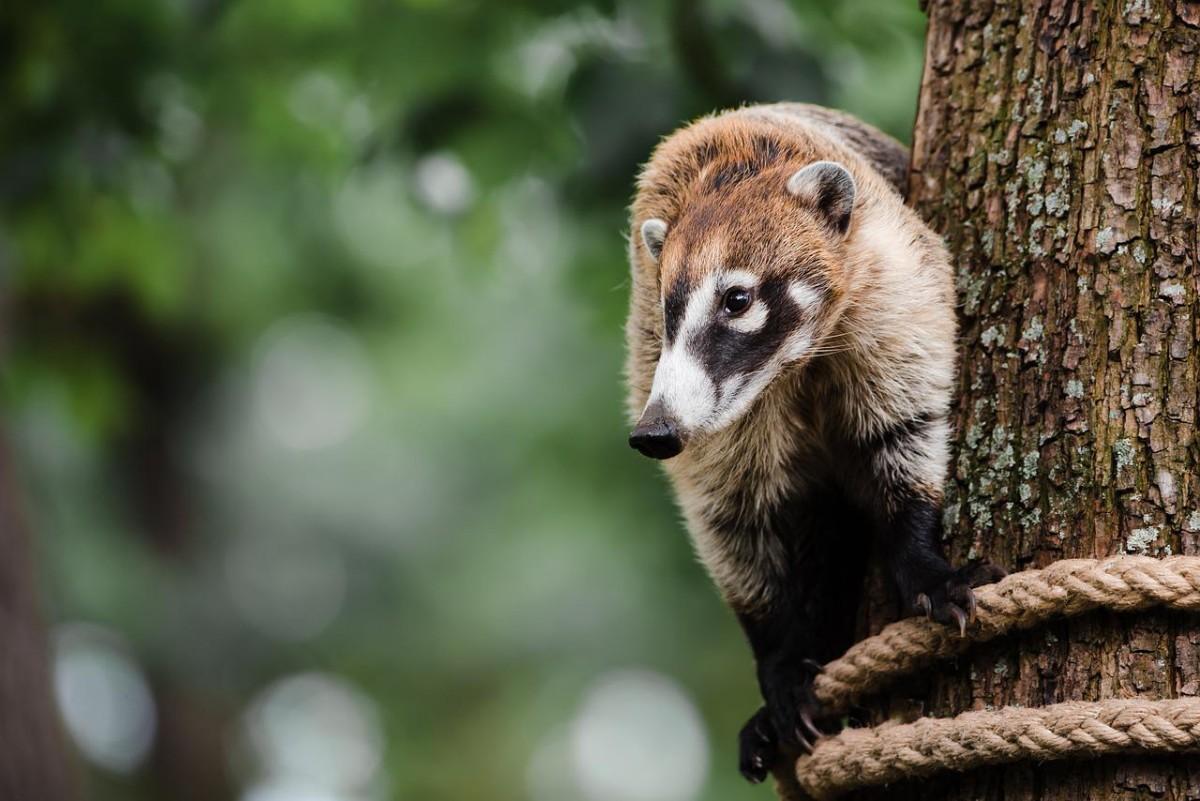
- Name: White-nosed coati
- Scientific name: Nasua narica
- Conservation status:
The white-nosed coati, also known as the coatimundi, is a species of coati native to Central America and the southwestern United States, mainly in southeastern Arizona and New Mexico, and was introduced to Florida as a feral species.
This animal is an important pollinator within its range, especially for the balsa tree. It often feeds on nectar but never damages flowers, before disseminating the pollen through the surrounding forest.
24. Arizona gray squirrel
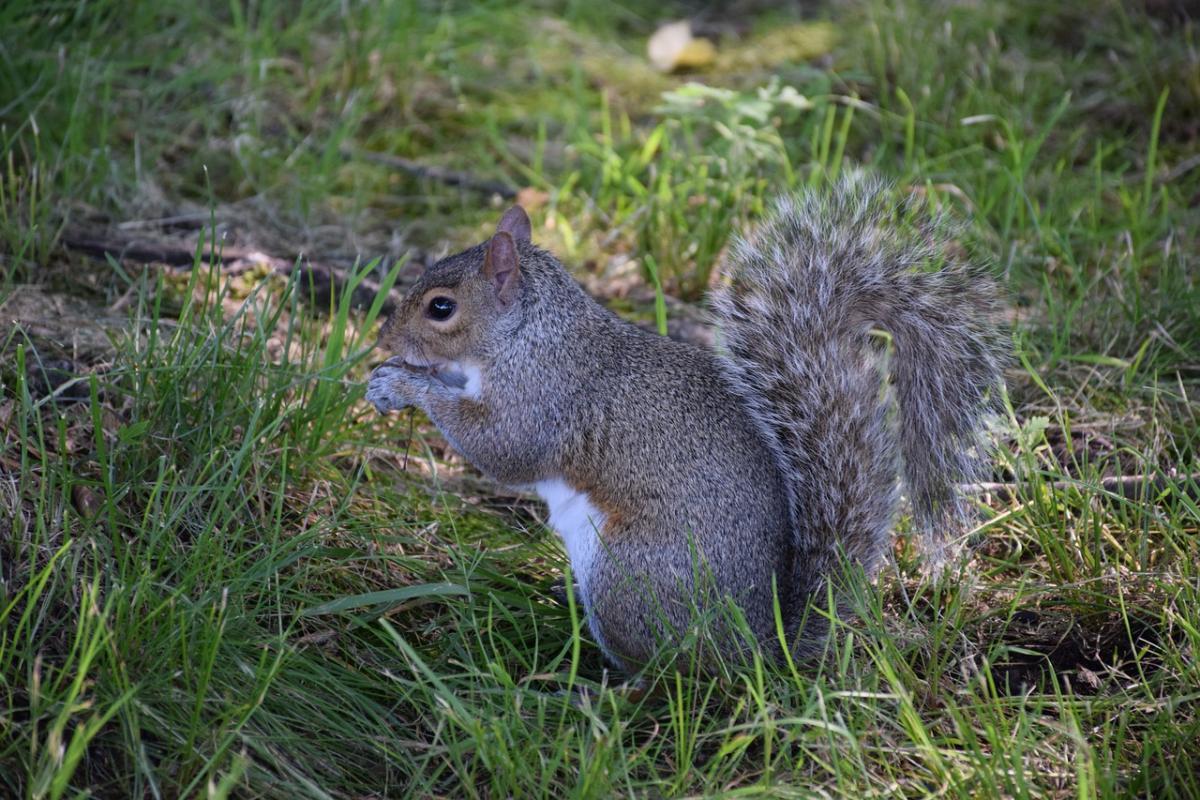
- Name: Arizona gray squirrel
- Scientific name: Sciurus arizonensis
- Conservation status:
The Arizona gray squirrel is a species of tree squirrel endemic to the valleys and canyons of eastern Arizona and northern Mexico. It inhabits the deciduous and mixed forests of the region, and due to its taxonomic proximity with other species, its numbers are difficult to estimate, and it is thus classified as data deficient for now.
This squirrel feeds on pine cones, nuts, seeds, berries, and acorns.
25. North American porcupine
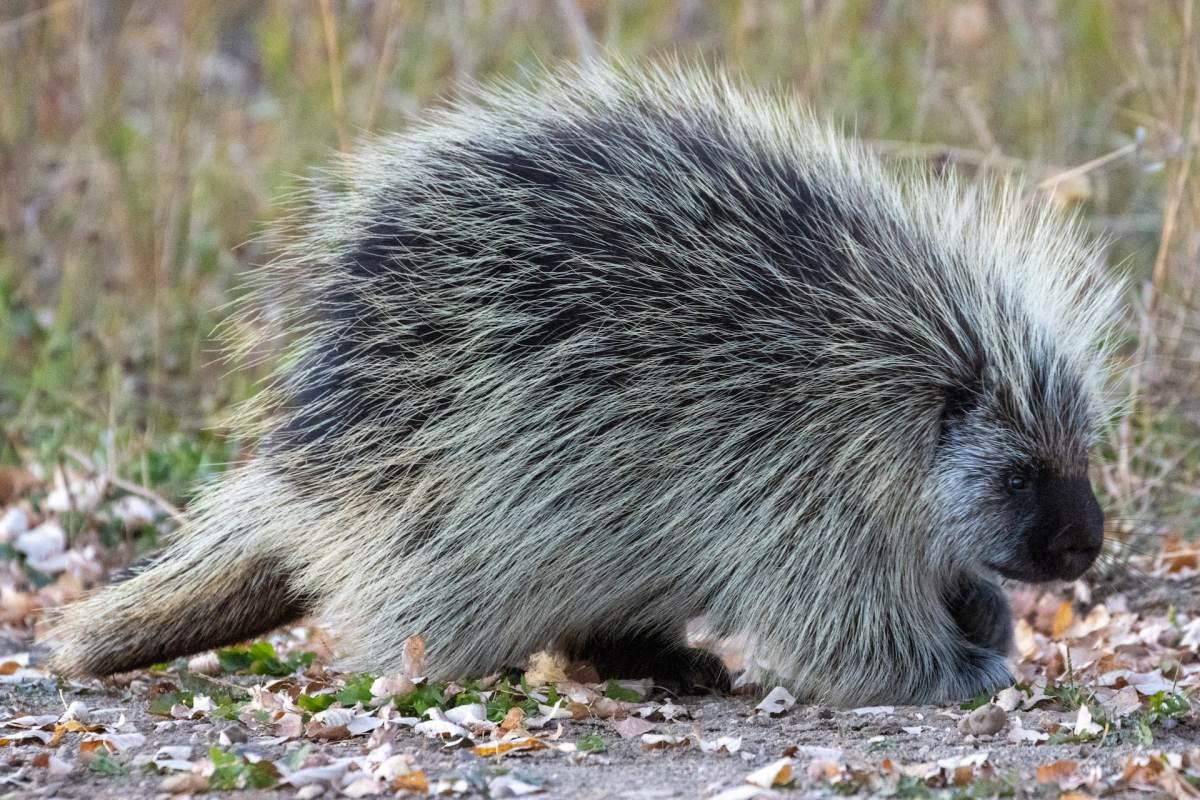
- Name: North American porcupine
- Scientific name: Erethizon dorsatum
- Conservation status:
The North American porcupine, also known as the Canadian porcupine, is a large species of New World rodent found in North America. It is the second-largest rodent on the continent after the North American beaver, and originated from… Africa! In fact, it migrated to Brazil 30 million years ago, before reaching North America about 3 million years ago.
Depending on the season, this porcupine feeds either on twigs, roots, and berries or conifer needles and tree bark.
26. American white pelican
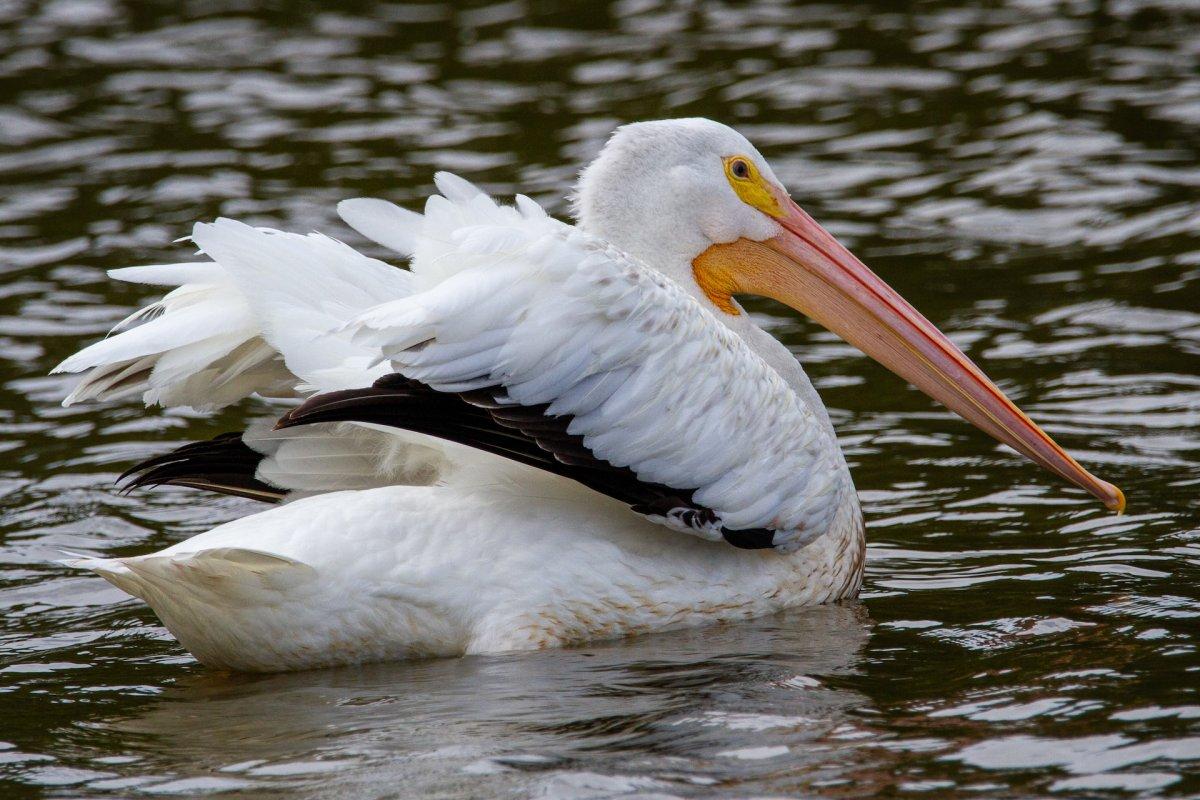
- Name: American white pelican
- Scientific name: Pelecanus erythrorhynchos
- Conservation status:
The American white pelican is a large species of soaring bird native to North America. Although it spends a lot of time on coastlines, which Arizona doesn’t have, it moves inland in order to breed, and can be found as far as the central United States!
This large bird usually nests in large colonies of several hundred pairs (but up to 5,000), on islands or freshwater lakes.
27. Gila monster
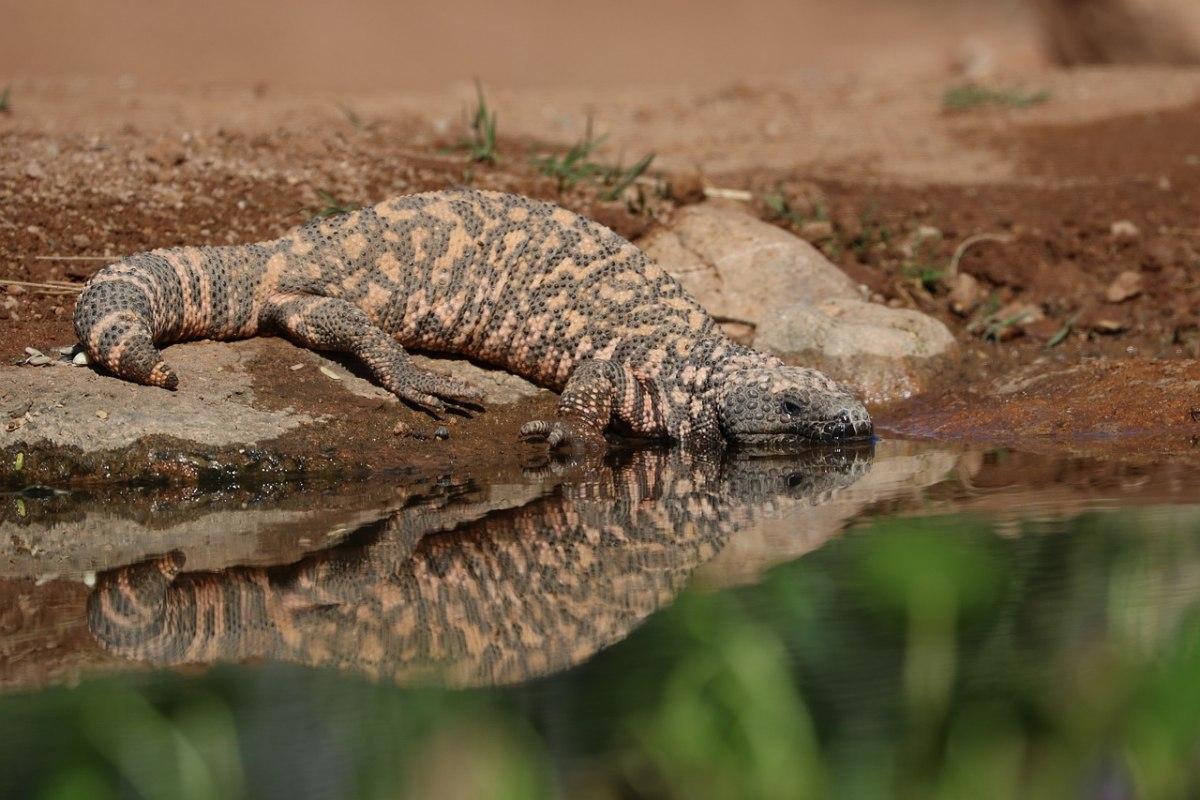
- Name: Gila monster
- Scientific name: Heloderma suspectum
- Conservation status:
The Gila monster is a large species of venomous lizard native to the southwestern United States and northwestern Mexico. It is very heavy, slow-moving, and can reach up to 56 cm / 22 in long.
This reptile is the only venomous lizard native to the United States, but it is so sluggish that it rarely poses a threat to humans. Despite this, it has been persecuted for its fearsome reputation.
28. Arizona mud turtle
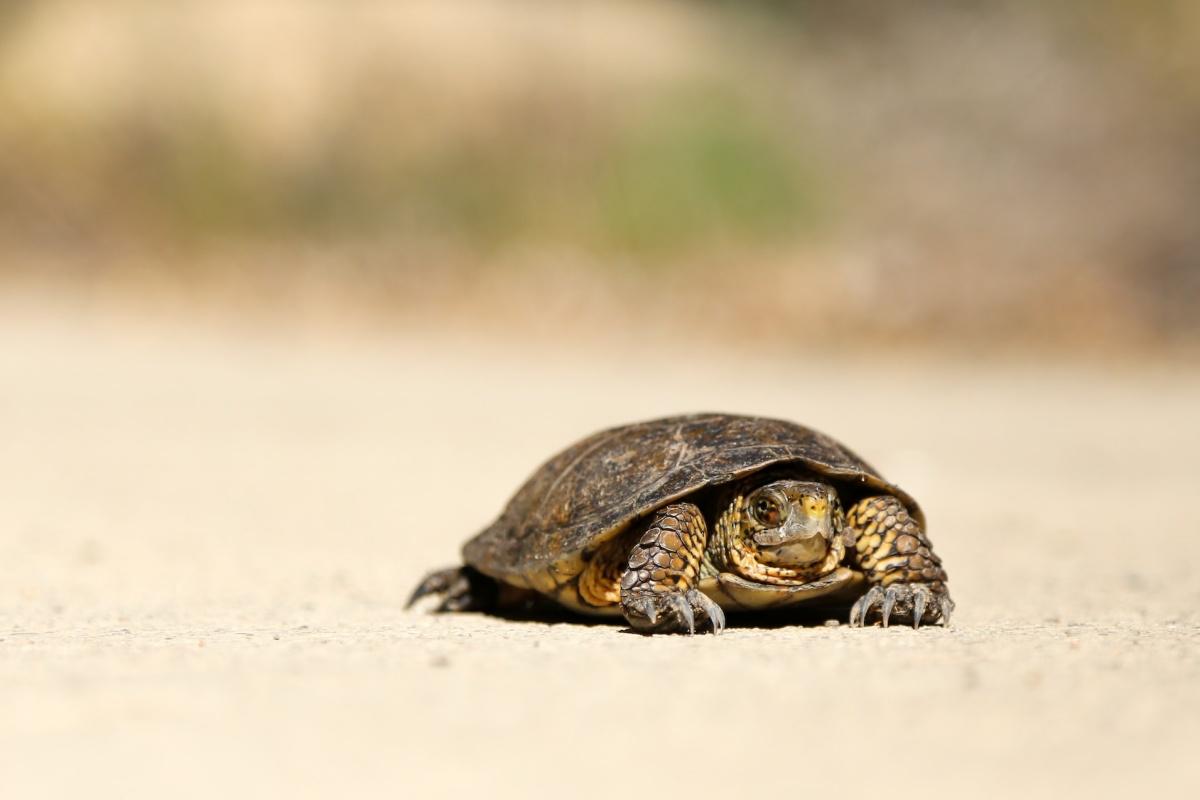
- Name: Arizona mud turtle
- Scientific name: Kinosternon stejnegeri
- Conservation status:
The Arizona mud turtle is one of ten species of turtle found in Arizona. It is endemic to the deserts of Arizona and Sonora, in Mexico, and is a semi-aquatic turtle living in temporary puddles, usually avoiding permanent lakes and rivers.
This turtle feeds on tadpoles, invertebrates, and carrion, and it hibernates in a pond through the winter. It is mostly found in the Arizona Upland Sonoran Desert scrub, as well as the semi-desert grassland communities.
29. Sandhill crane
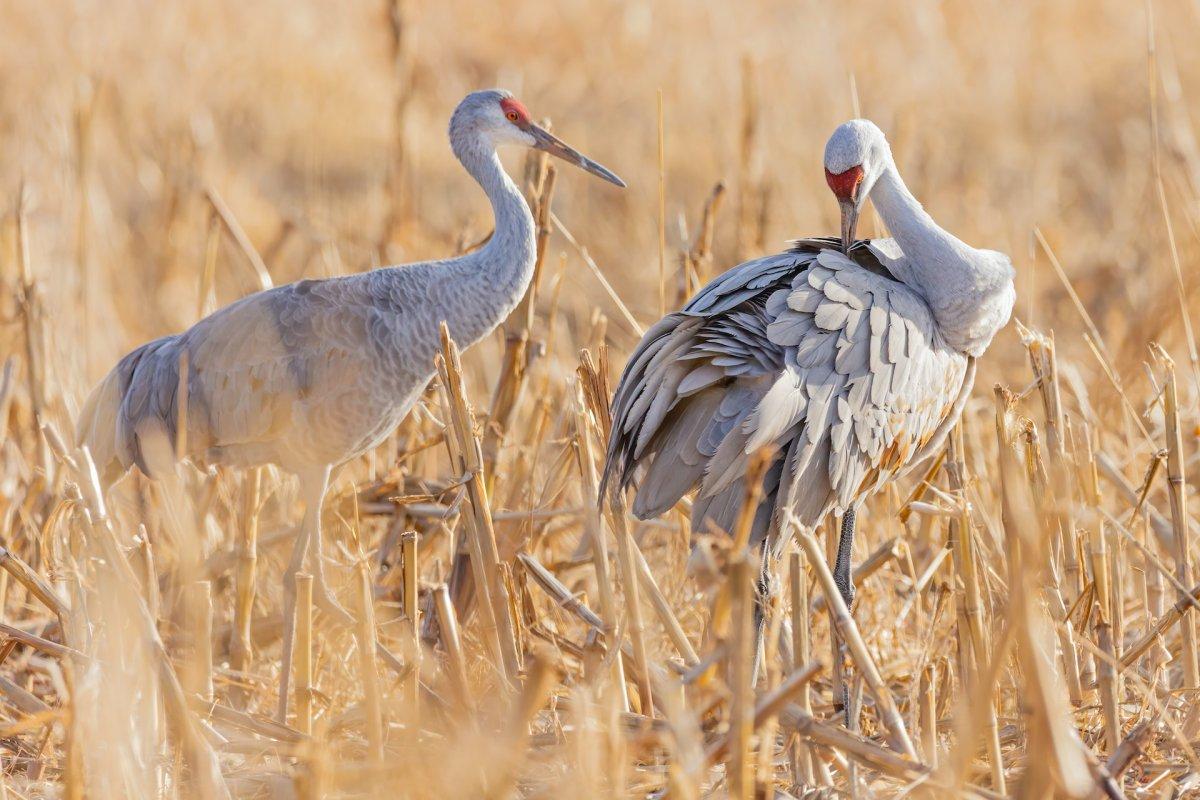
- Name: Sandhill crane
- Scientific name: Antigone canadensis
- Conservation status:
The sandhill crane is a large species of crane native to North America and extreme northeastern Siberia. It is a migratory bird that can be found anywhere from northern Mexico to Siberia and Alaska, depending on the season: up to 450,000 sandhill cranes migrate over the American Great Plains every year. In fact, some specimens even reach as far as Europe (mostly the British Isles) as vagrants!
30. Mountain cottontail
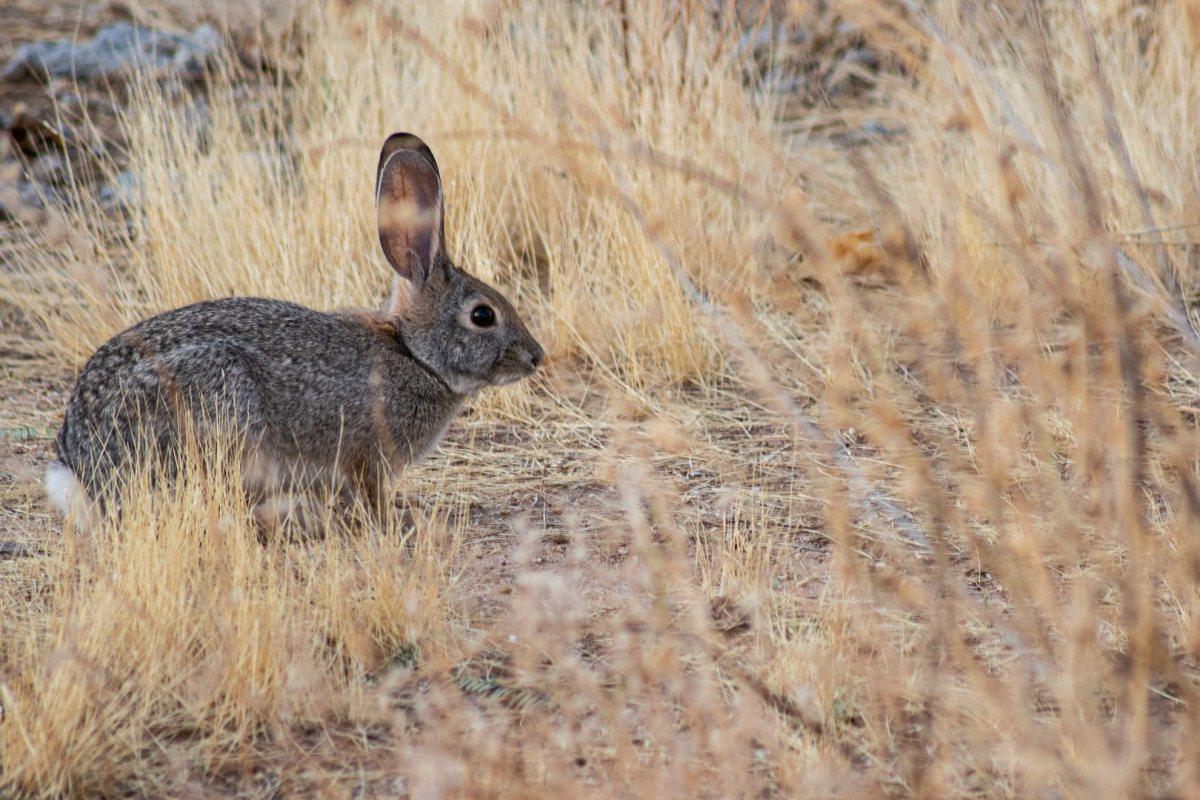
- Name: Mountain cottontail
- Scientific name: Sylvilagus nuttallii
- Conservation status:
The mountain cottontail, also known as Nuttall’s cottontail, is a species of rabbit native to southern Canada and the western United States. In Arizona, it can be found in the northernmost areas of the state.
This cottontail primarily feeds on grasses and sagebrush. It is often active at dusk and dawn in order to avoid predators such as rattlesnakes, owls, hawks, coyotes, lynxes, and bobcats.
—
So there you have them, these were my 30 Arizona wild animals. I hope you enjoyed this list and that you learned something new today.
In case you want to learn more about the animals that live in Arizona and the rest of the United States, feel free to keep reading, as I still have lots of things to tell you about:
Endangered Animals of Arizona
This is definitely the saddest part of the list, but it is very important to raise awareness. Because of this, let’s go through the list of endangered animals in Arizona.
Here are the animals in danger of extinction in Arizona (including the rest of the United States as well).
- Thicktail chub
- Steller’s sea cow
- Black mamo
- Phantom shiner
- Labrador duck
- and 51 more…
- Marbled darter
- Red wolf
- Spoon-billed sandpiper
- Ivory-billed woodpecker
- Bog turtle
- and 61 more…
- Red-crowned amazon
- Whooping crane
- Phoenix petrel
- Spotted turtle
- Salt-marsh harvest mouse
- and 169 more…
To see the full list of endangered species in Arizona, head over to the International Union for Conservation of Nature’s Red List.
What is the State Animal of Arizona?
The state animal of Arizona is the ringtail.
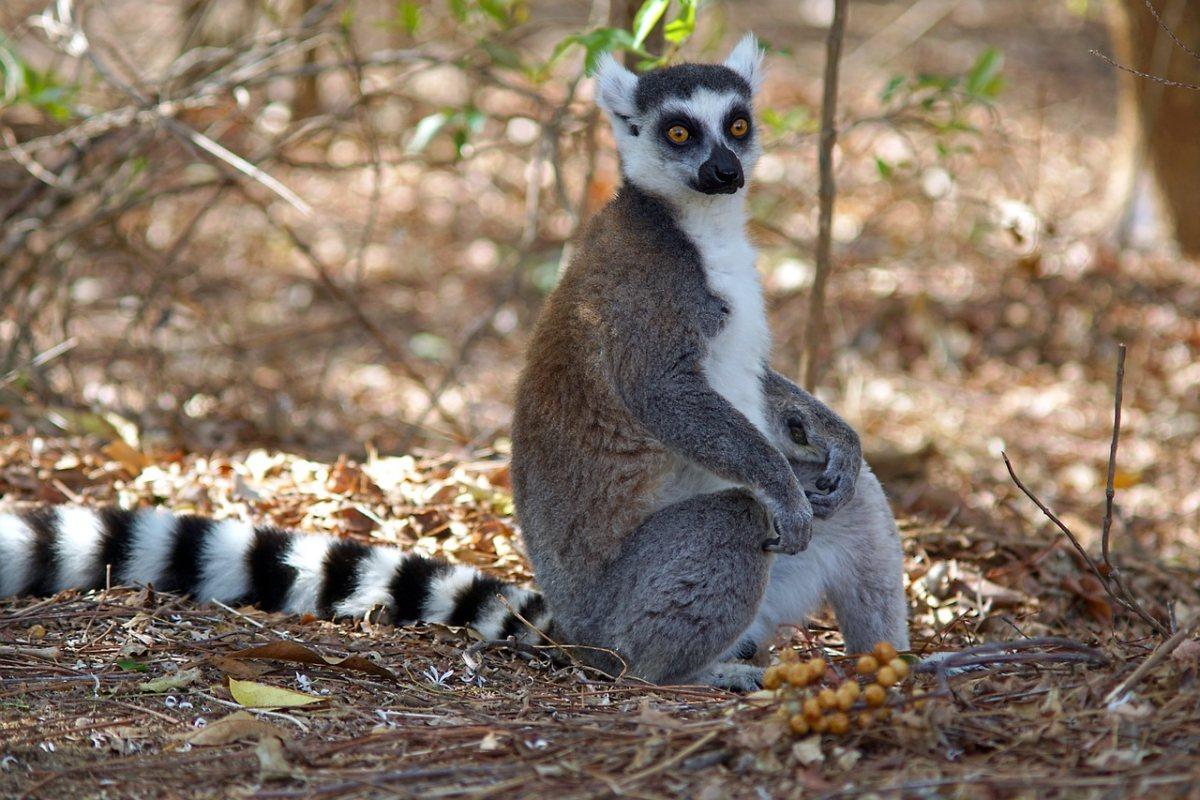
The ringtail is a species of carnivore resembling a small fox with a long raccoon-like tail. It was officially designated Arizona’s state animal in 1986. It is most closely related to the coatimundi and the raccoon and is often called the cacomistle, the miner’s cat, or the ringtail cat.
This peculiar mammal is well adapted to disturbed areas, and has a very wide range, being thus considered of least concern. It is said to be easily tamed, and used to be kept by miners to keep cabins free of vermin, hence its name “miner’s cat”.
How Many Animals Native to Arizona?
What is the diversity of native animals in Arizona?
Let’s look at the total number of species of Chordata (mammals, birds, fishes, and reptiles).
Total number of animal species in Arizona: 5,838 (5,879 in total in North America)
More About Animals in the World!
Loved these facts about the animals found in Arizona? Want to see what animals live in other states?
Then check out these posts:
Or click here to see ALL the facts up on the blog! Spoiler alert: there’s A LOT of them.
Share the knowledge! Click on the buttons below to share information about the animal life in Arizona with your friends, and help them learn more about the world 🙂
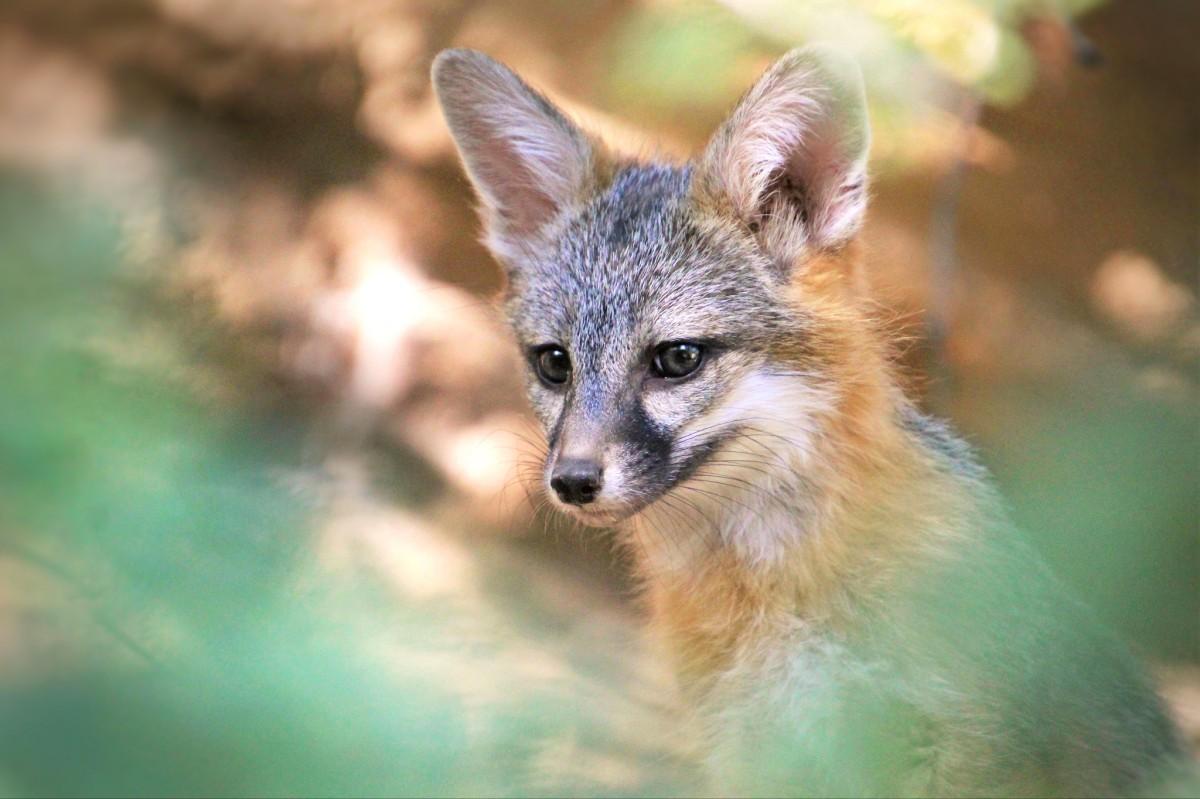
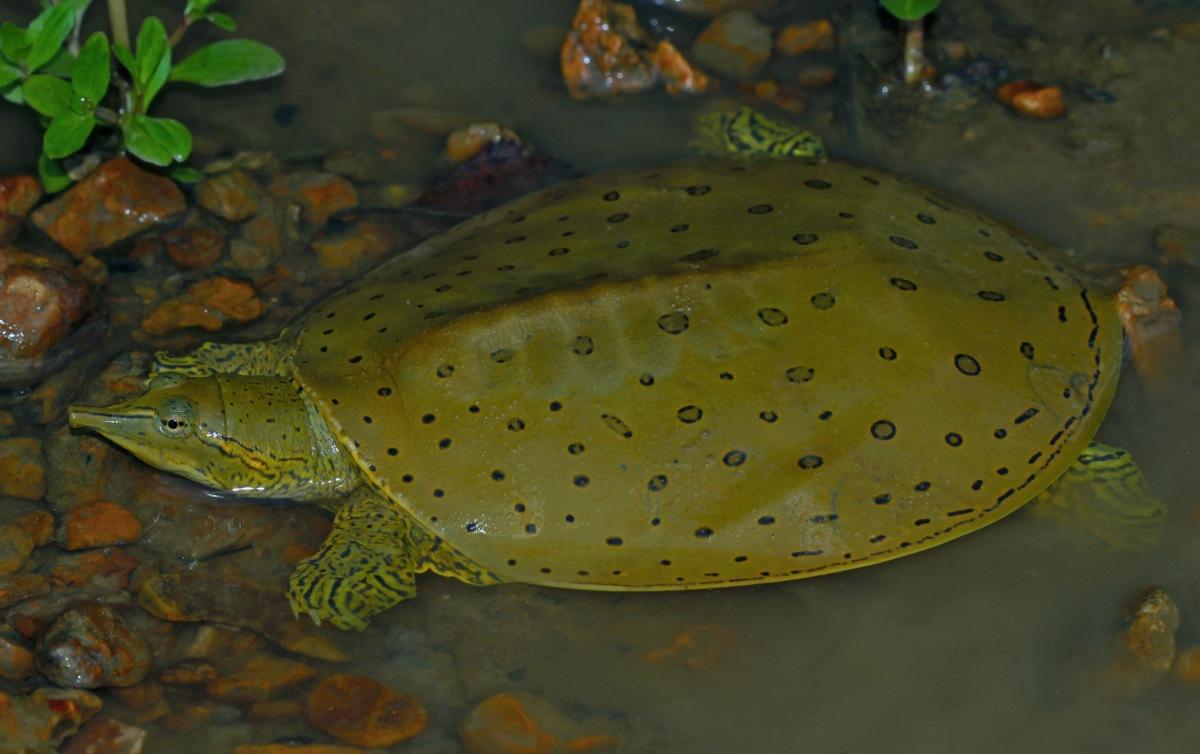
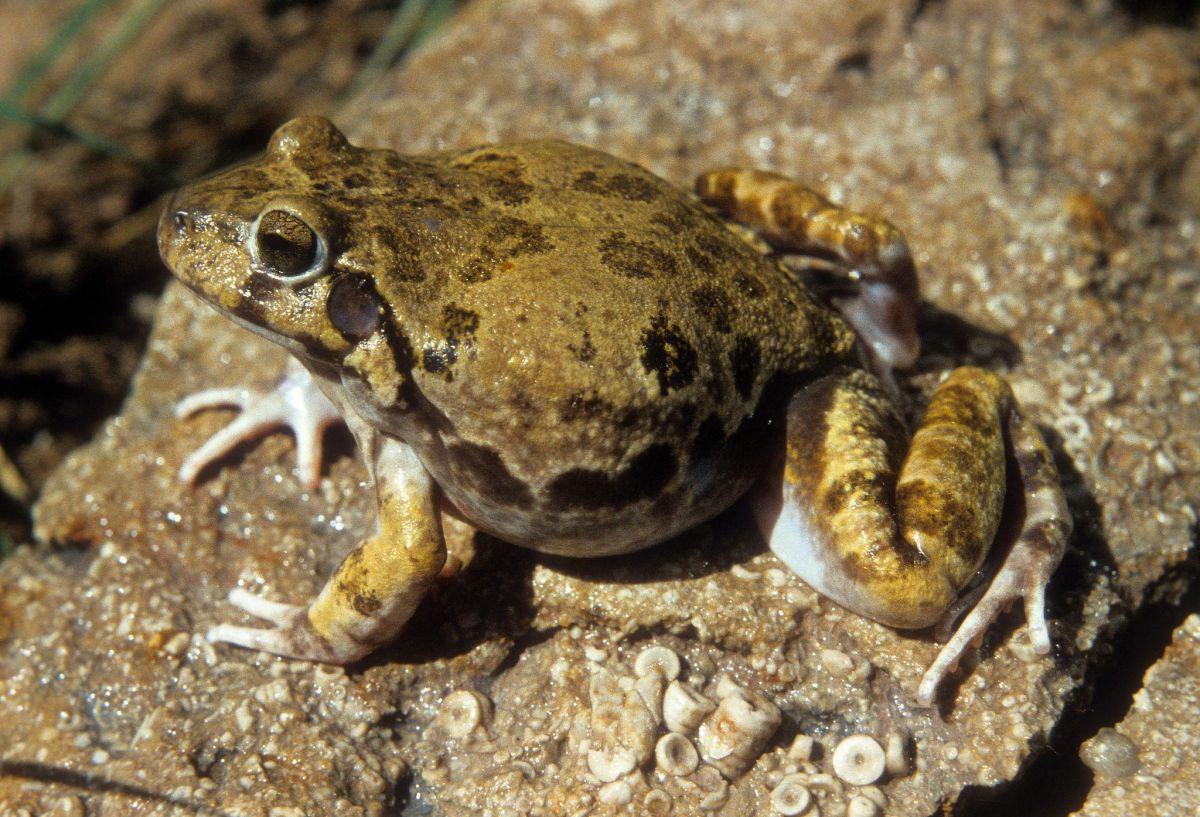
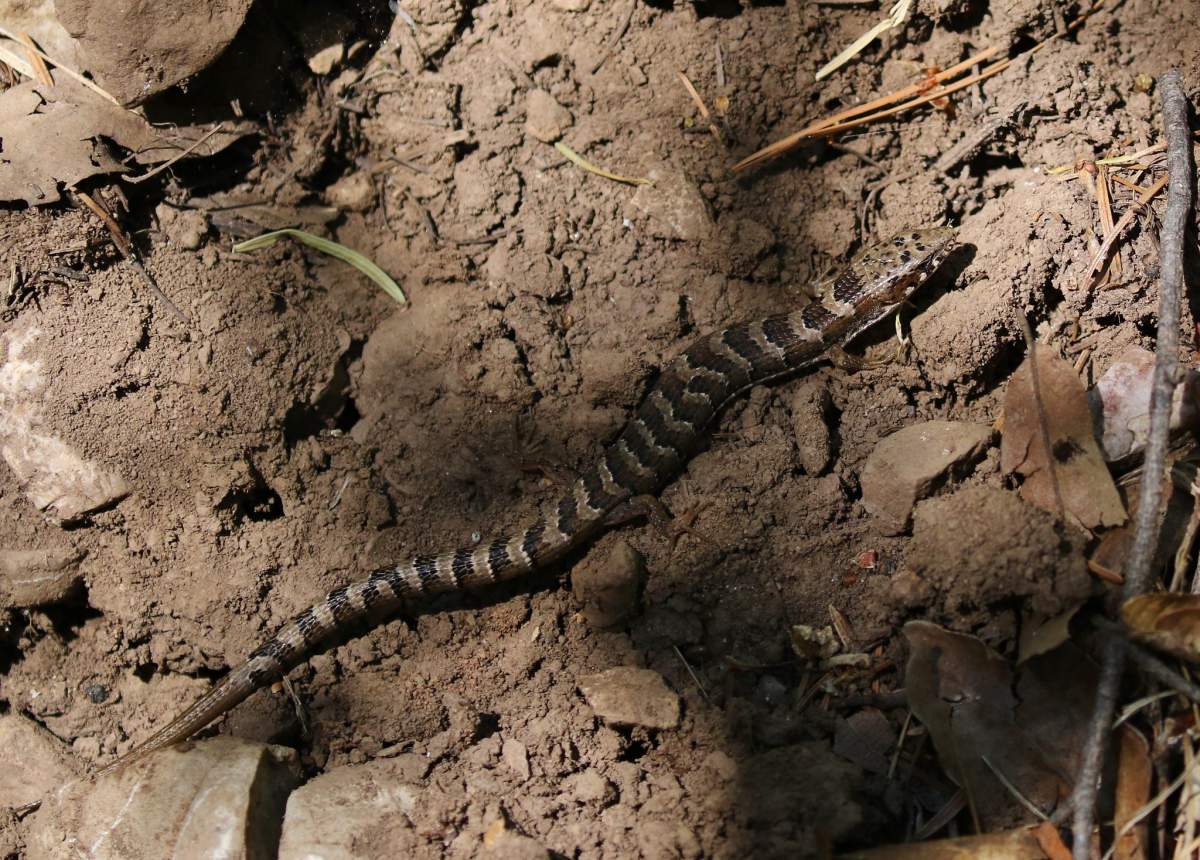
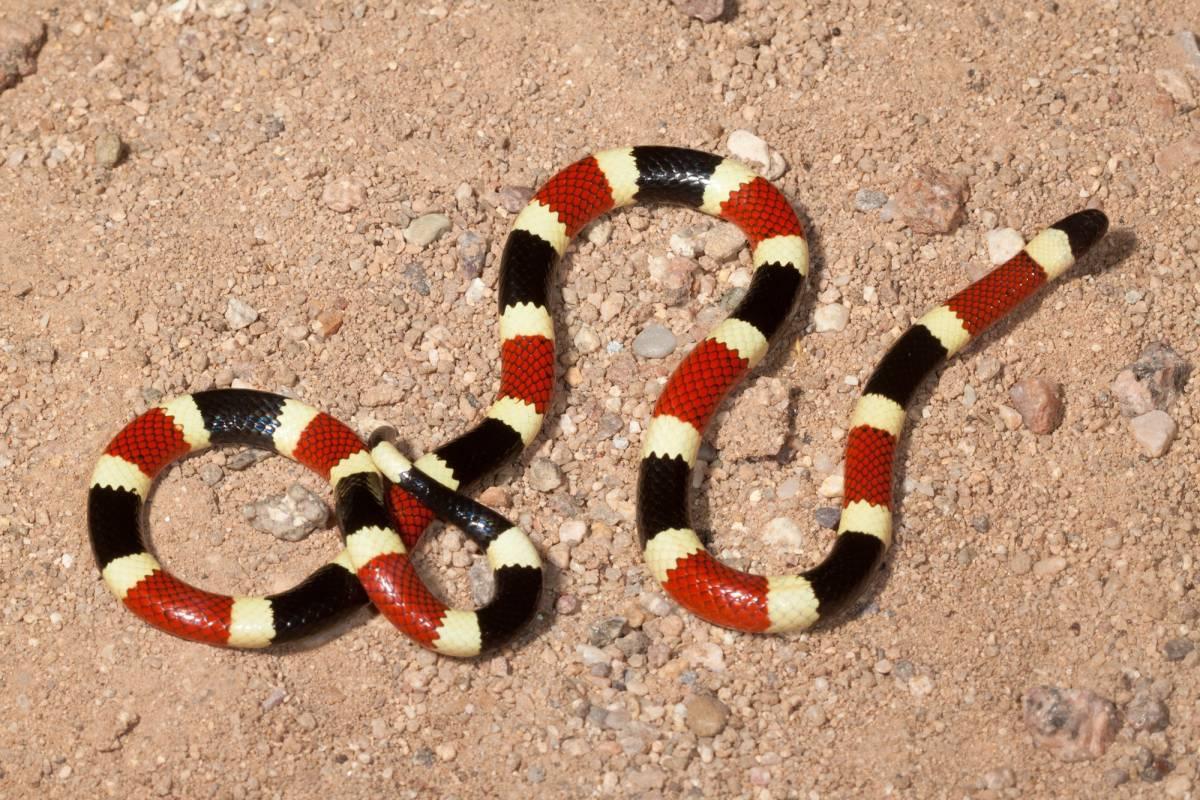
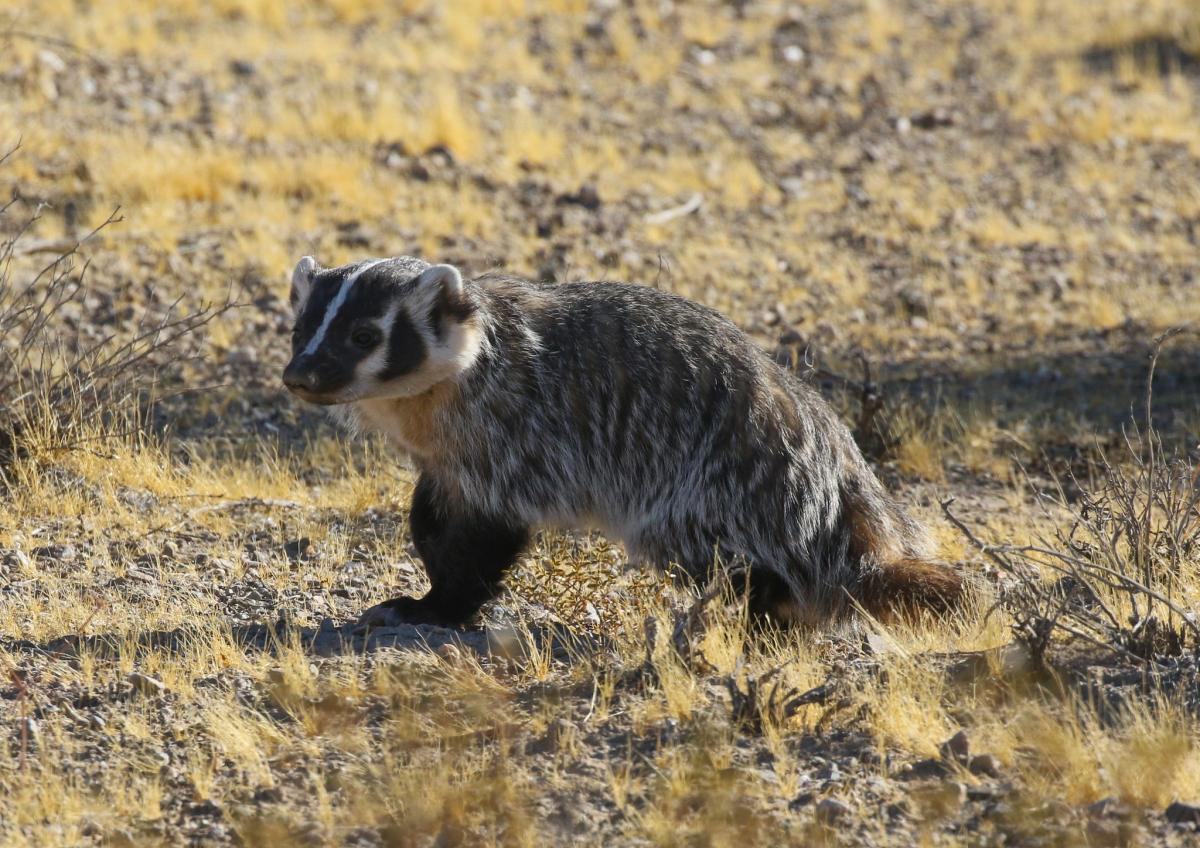
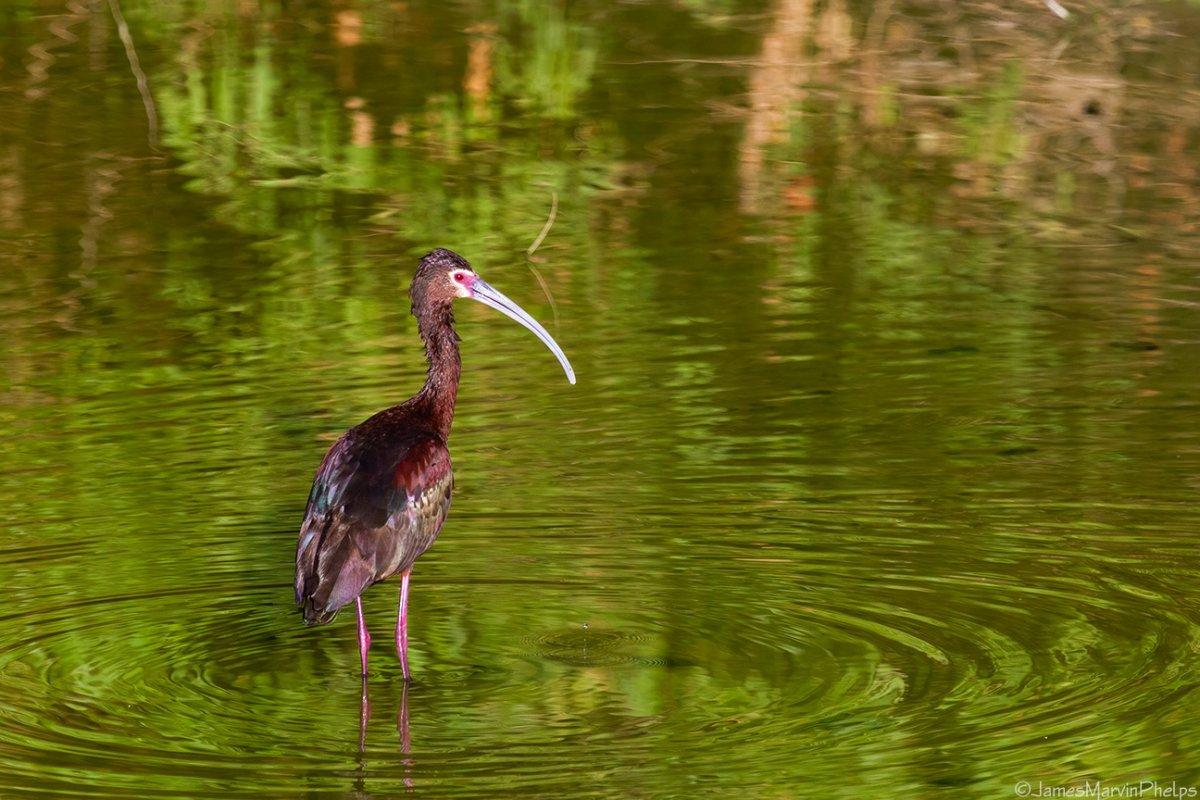

![10 Wild Animals in Chad [Wildlife in Chad]](https://www.kevmrc.com/wp-content/uploads/2022/12/10-wild-animals-in-chad-africa.jpg)
![21 Wild Animals in Chile [Wildlife in Chile]](https://www.kevmrc.com/wp-content/uploads/2022/06/21-wild-animals-in-chile.jpg)
![17 Wild Animals in Pakistan [Wildlife in Pakistan]](https://www.kevmrc.com/wp-content/uploads/2022/12/17-wild-animals-in-pakistan.jpg)